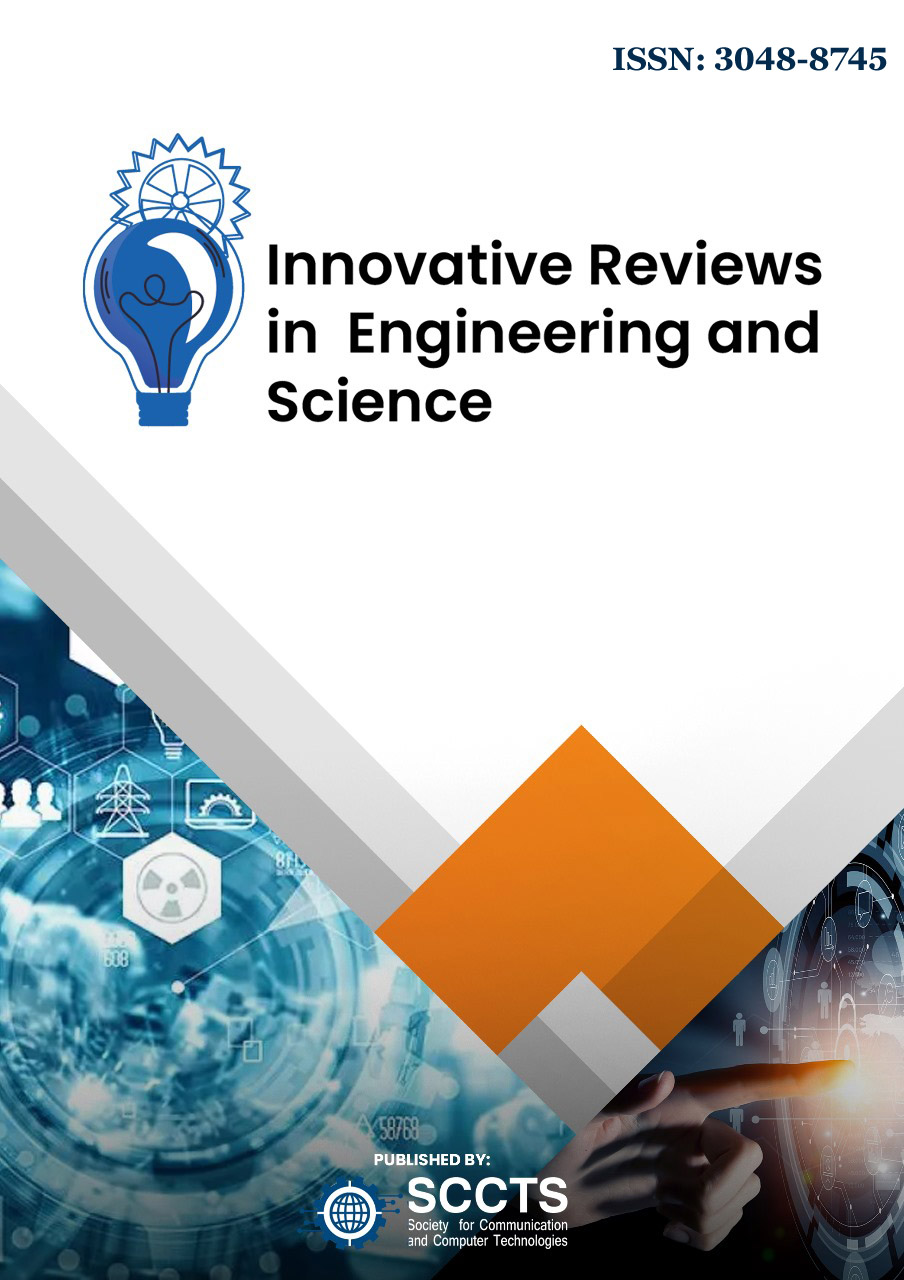Advanced Geotechnical Engineering Techniques
DOI:
https://doi.org/10.31838/INES/02.01.03Keywords:
Soil Mechanics; Geological Challenges; Numerical Modeling; Ground Improvement; Monitoring Technologies; Infrastructure Resilience; Geospatial AnalysisAbstract
This article delves into the intricate realm of modern geotechnical engineering, offering insights into cutting-edge methodologies, technologies, and practices shaping the field. This abstract explores the key components and applications of advanced geotechnical engineering techniques, highlighting their significance in addressing complex geological challenges and enhancing infrastructure resilience. The abstract underscores the importance of understanding soil mechanics, geological formations, and environmental factors in mastering advanced geotechnical engineering techniques. It examines the integration of numerical modeling, remote sensing, and geospatial analysis tools to assess ground conditions, predict geological hazards, and optimize site characterization. Moreover, the abstract elucidates the role of innovative ground improvement techniques, such as soil stabilization, ground reinforcement, and soil-structure interaction mechanisms, in enhancing the performance and durability of civil engineering structures. It also delves into the application of advanced monitoring and instrumentation technologies for real-time assessment of geotechnical parameters and structural health. By mastering advanced geotechnical engineering techniques, engineers can mitigate geological risks, optimize design parameters, and ensure the long-term sustainability of infrastructure projects. The abstract concludes by emphasizing the interdisciplinary nature of geotechnical engineering and the ongoing research efforts aimed at further advancing the field's capabilities in addressing evolving geological challenges and infrastructure needs.





